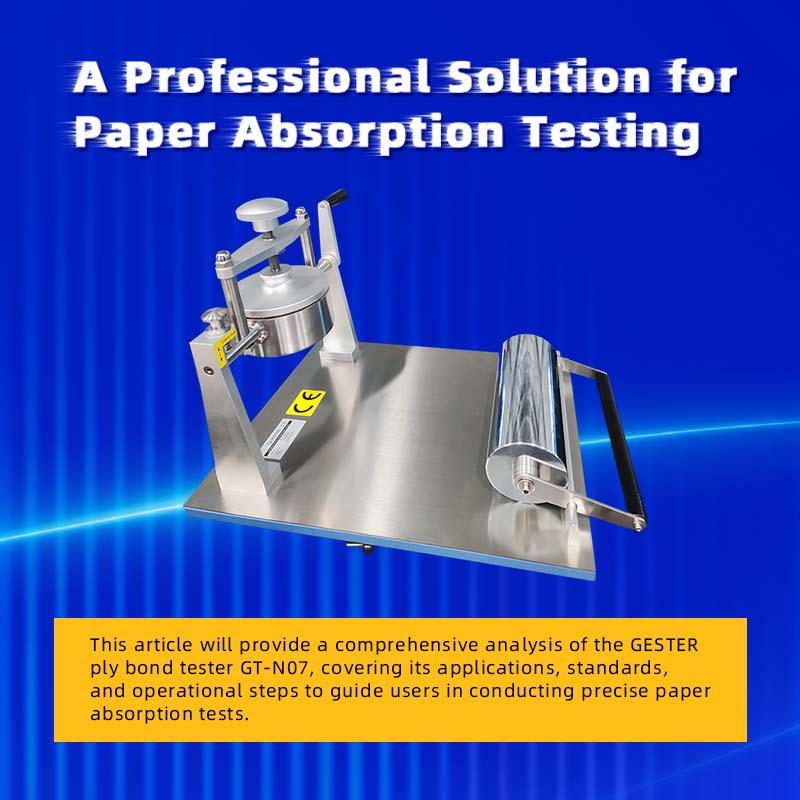Why Choose the GESTER Taber Abrasion Tester GT-C14B ?
November 09, 2024
Why Choose the GESTER Taber Abrasion Tester GT-C14B In materials science and quality control, abrasion resistance is a key indicator of product longevity and reliability. Whether it’s for carpets, textiles, coated materials, or automotive interiors, wear resistance directly impacts product quality and user experience. The GESTER Taber Abrasion Tester GT-C14B, known for its precise testing capabilities and broad application range, is widely used across industries to provide high-quality abrasion testing solutions. This article will explore the main features, applicable standards, and technical advantages of the Taber Abrasion Tester GT-C14B. Testing Principle of the Taber Abrasion Tester GT-C14B The core testing principle of the GESTER Taber Abrasion Tester GT-C14B is the rotary wear method, which simulates the friction materials experience in actual usage. The sample is fixed on a rotating platform, with two abrasive wheels applying constant pressure to create wear on the sample surface. This design replicates real-world abrasion conditions, enabling effective evaluation of a material’s wear resistance. The Taber Abrasion Tester offers rotational speed options of 60 rpm and 72 rpm, along with 250g and 750g weights that allow total loads of up to 500g and 1000g. Users can choose suitable load and speed combinations to meet specific testing requirements, making the GT-C14B highly adaptable across various industries. Compliance with Multiple International Testing Standards The Taber Abrasion Tester GT-C14B supports multiple international testing standards, including ASTM, ISO, JIS, and DIN standards, ensuring that test results have global acceptance. This feature allows the GT-C14B to be used in international markets, providing convenience for product export and quality certification. ASTM Standards: Includes ASTM D3884, ASTM D1044, etc., well recognized in the North American market for testing the abrasion resistance of textiles, plastics, and coated materials. ISO Standards: Standards like ISO 9352 and ISO 5470-1 make the GT-C14B suitable for international markets and ensure the general applicability of data. JIS and DIN Standards: Complies with Japanese and German abrasion standards, such as JIS K7204 and DIN 53109, supporting data needs for exports to Asian and European markets. This wide range of applicable standards makes the Taber Abrasion Tester a preferred choice for laboratories, research institutions, and manufacturing enterprises. Main Applications of the Taber Abrasion Tester GT-C14B Thanks to its versatile design and customizable testing options, the Taber Abrasion Tester is suitable for abrasion testing across numerous industries. Here are some typical applications of the Taber Abrasion Tester in various fields: Textiles and Carpet Industry: Textiles and carpets are prone to wear in daily use. The Taber Abrasion Tester can simulate various friction conditions, allowing businesses to assess material wear under different pressures and s...
View More







